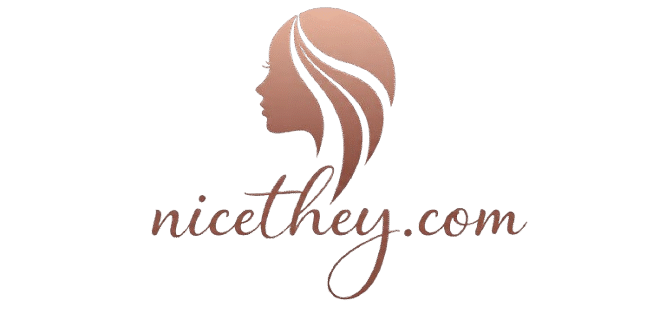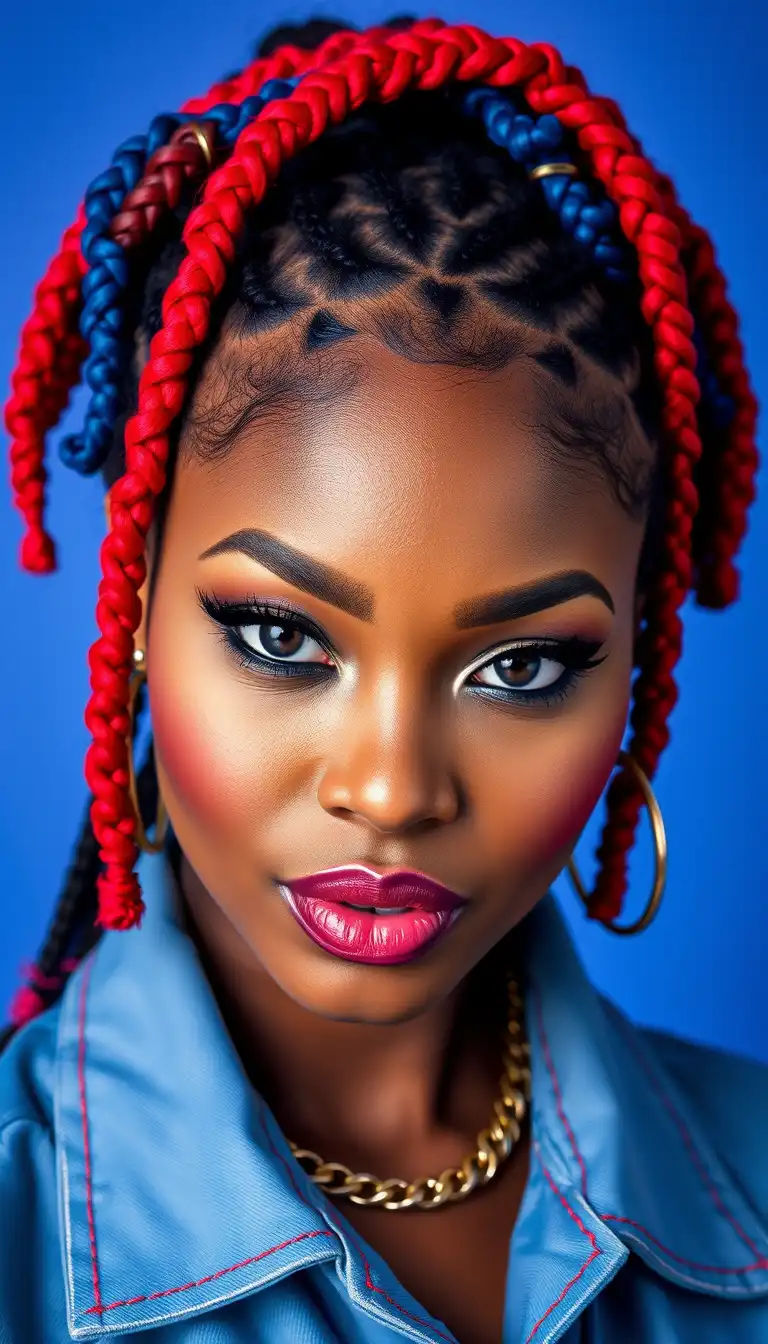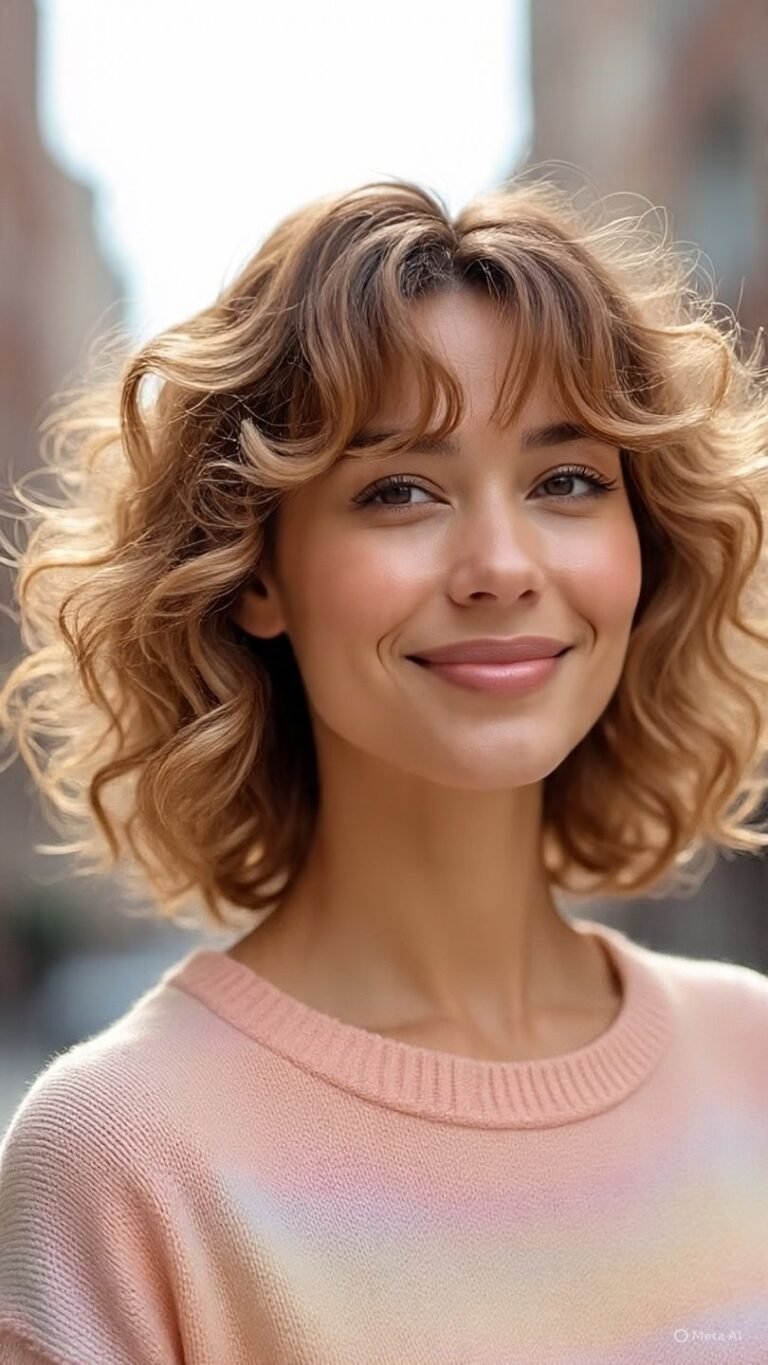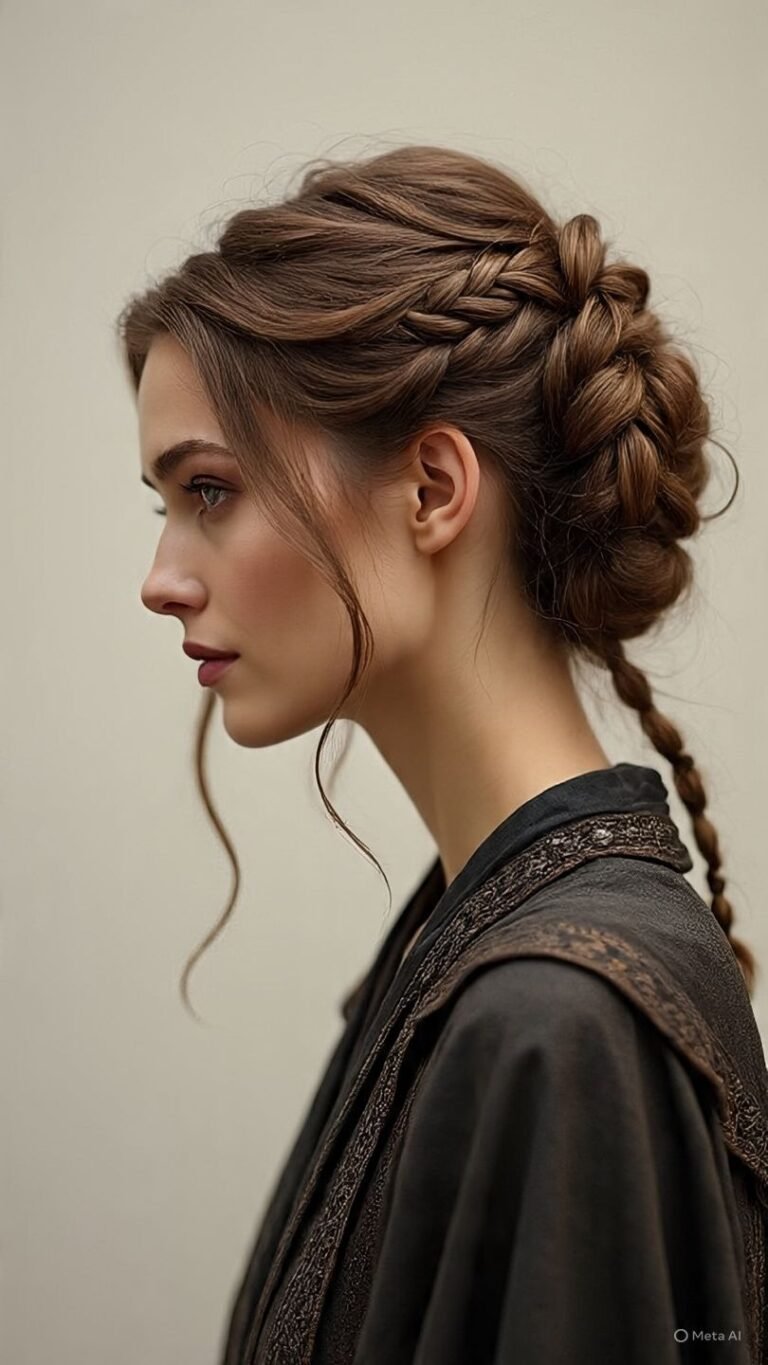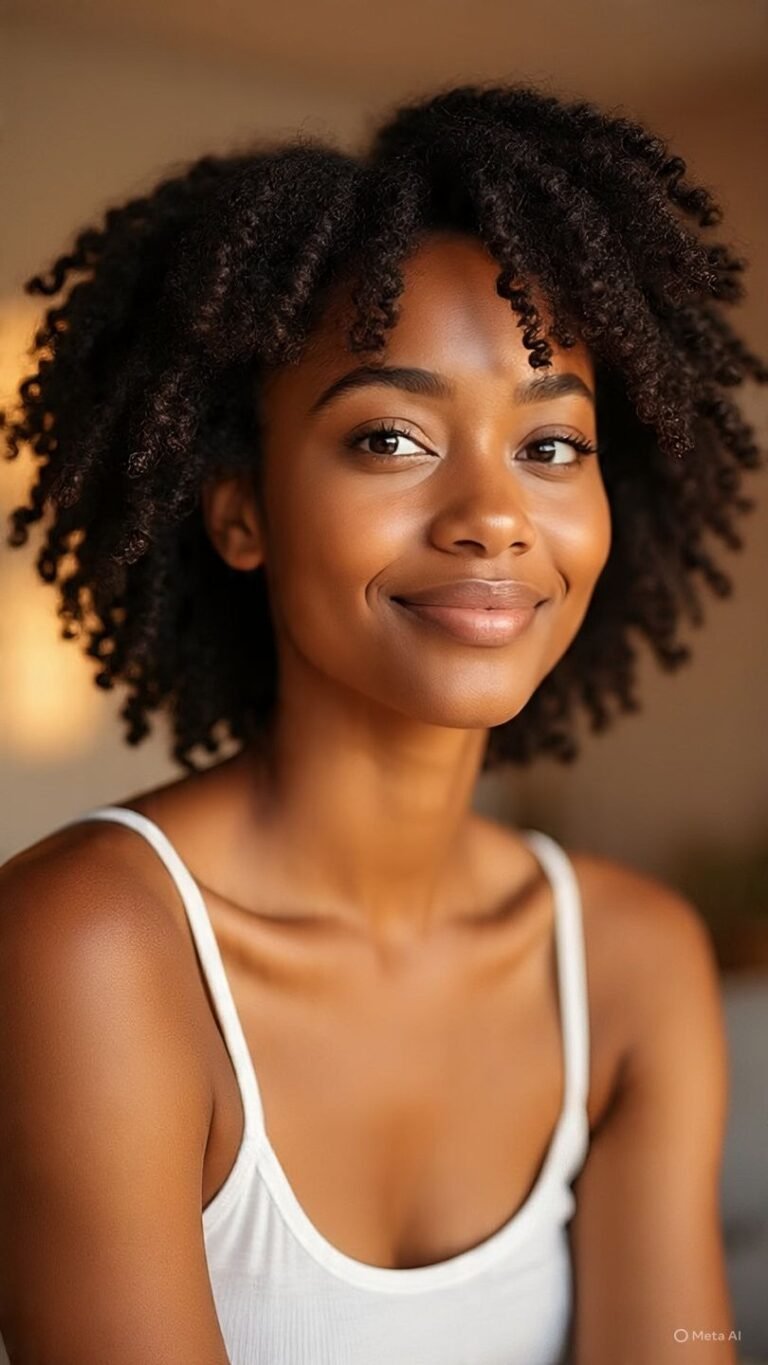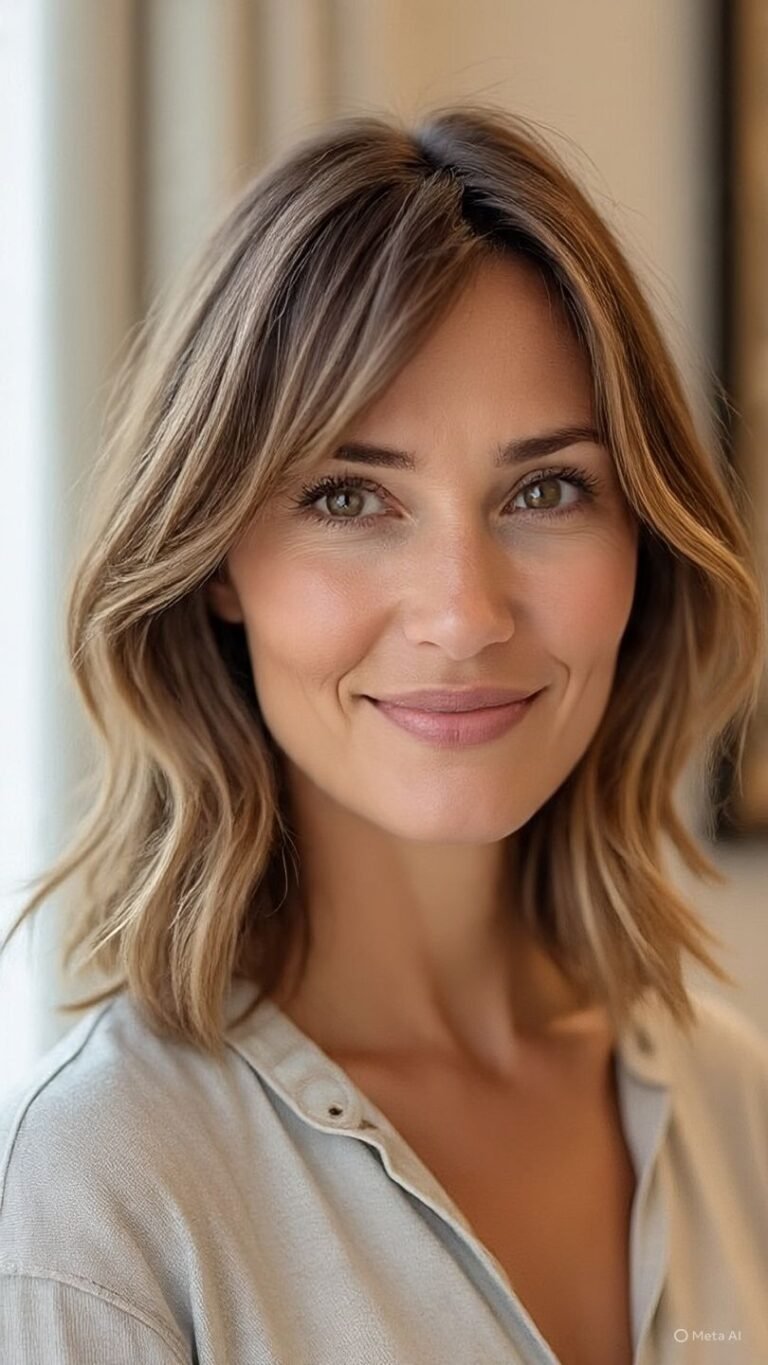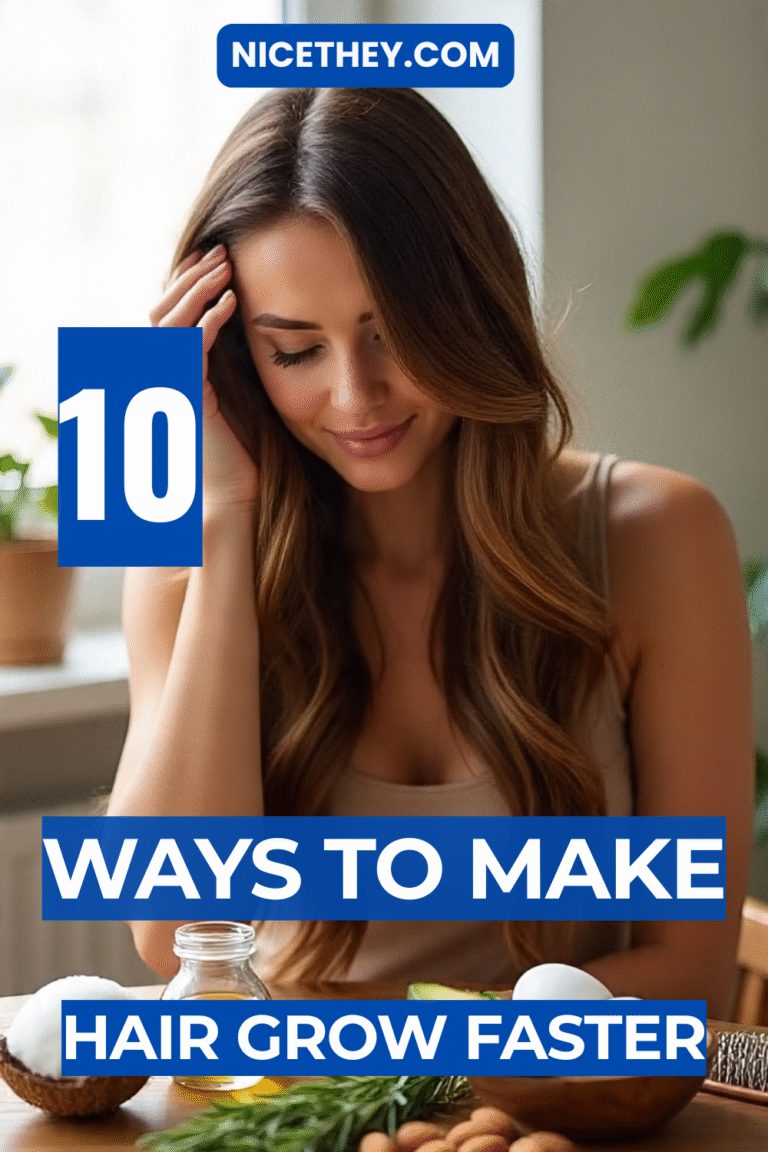15 Creative Ways to Dye Your Hair: A Complete Guide for Every Style
Whether you’re looking to switch up your look for the season, make a bold fashion statement, or simply cover grays, there are many ways to dye your hair—and not all of them require a trip to the salon. From traditional permanent color to fun temporary options, this guide breaks down the best ways to dye your hair for every personality, budget, and commitment level.
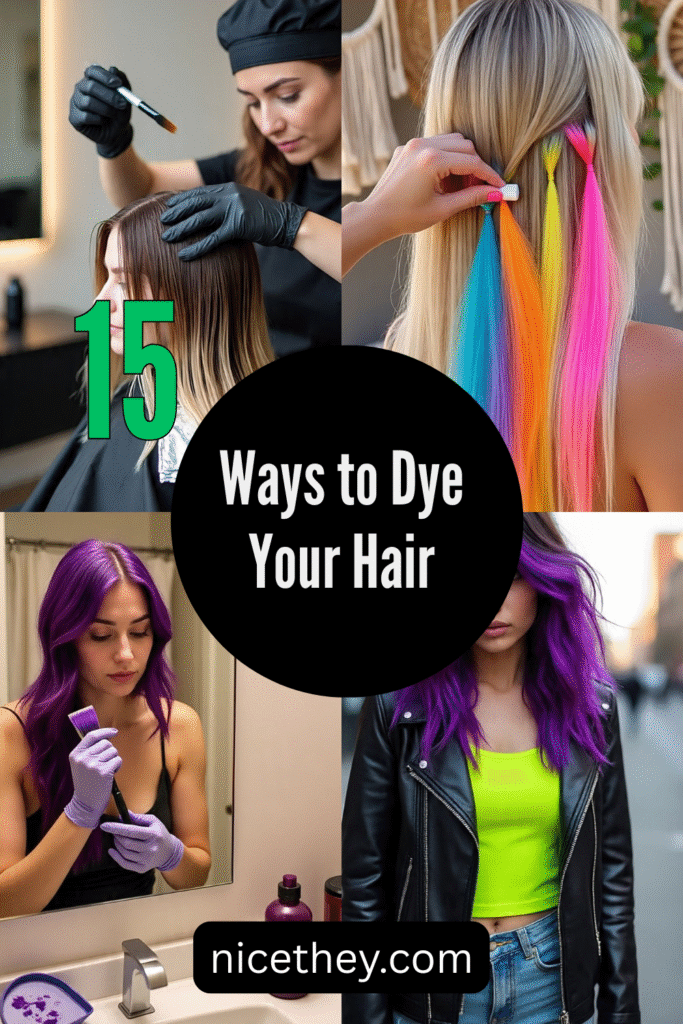
1. Permanent Hair Dye
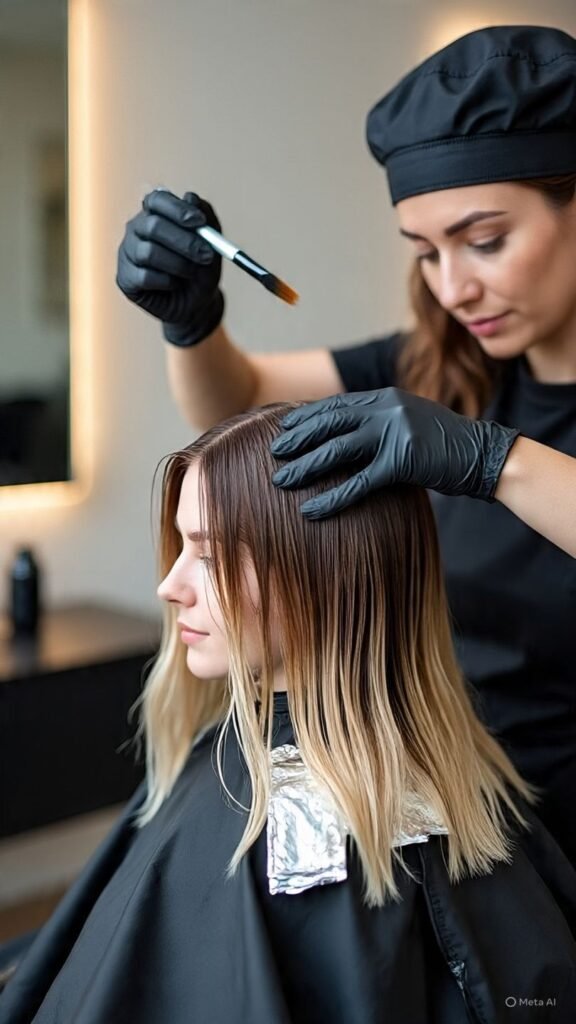
Best for: Long-term color changes and gray coverage
Commitment: High
Application: At home or salon
Permanent hair dye chemically alters your hair color and lasts until it grows out or is cut off. It penetrates the hair shaft, making it ideal for covering grays or achieving dramatic color changes. You can choose DIY box dye or go to a professional colorist for precision.
Pros:
- Long-lasting
- Ideal for dramatic color transformations
- Great for gray coverage
Cons:
- Can damage hair if overused
- Requires root touch-ups every 4–6 weeks
2. Semi-Permanent Hair Dye
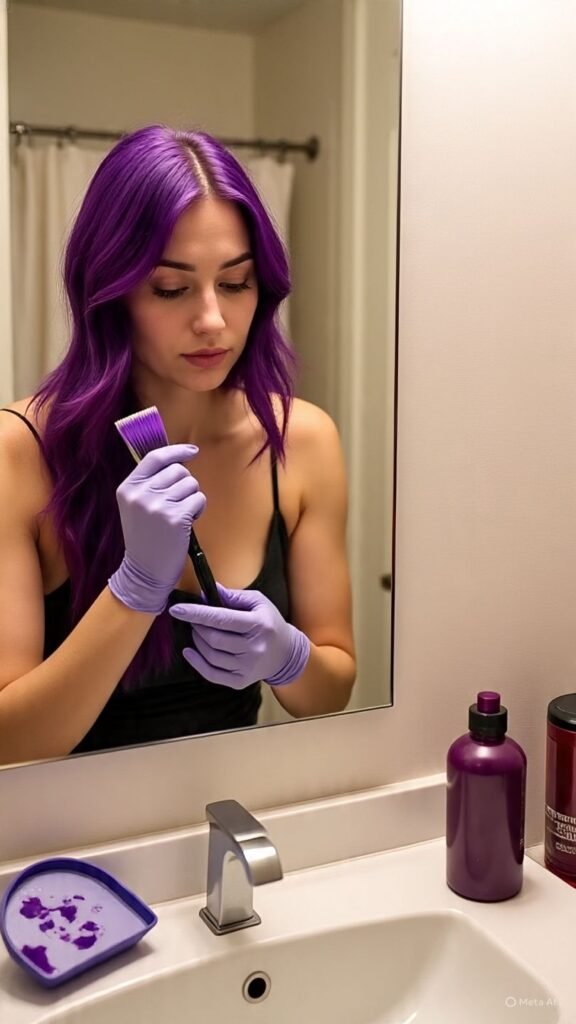
Best for: Adding depth or a temporary refresh
Commitment: Medium
Application: At home or salon
This dye coats the outer shaft of the hair without lightening it. It gradually fades with every wash, making it a good choice for those experimenting with color.
Pros:
- Less damaging than permanent dye
- Washes out in 4–12 shampoos
- Great for trying fun shades like burgundy, copper, or pastel pink
Cons:
- Doesn’t lighten hair
- Results vary depending on your base color
3. Temporary Hair Color Spray
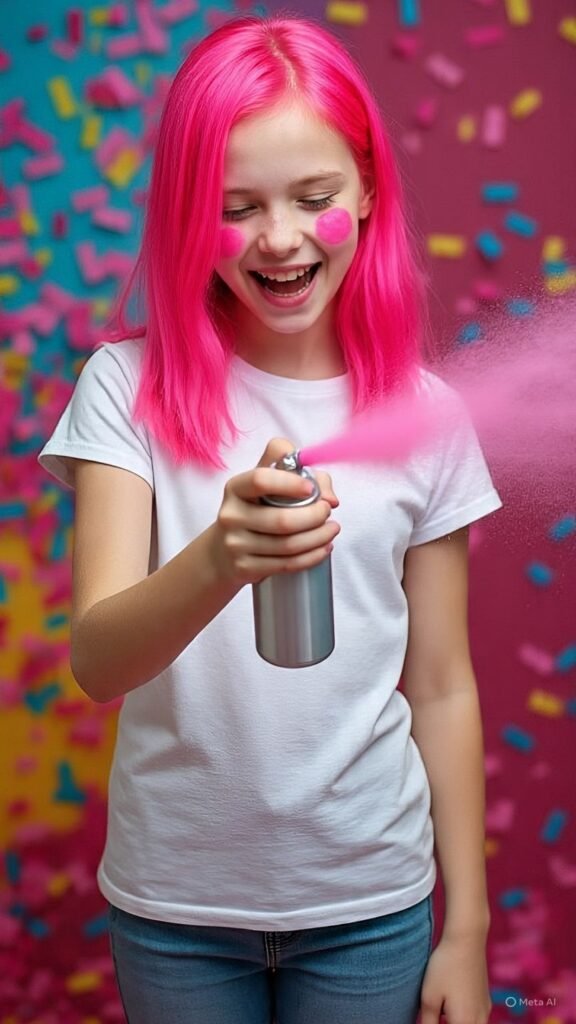
Best for: Festivals, holidays, or one-night events
Commitment: Low
Application: At home
Temporary sprays are one of the easiest ways to dye your hair without commitment. Simply spray on dry hair for an instant pop of color. These wash out after just one shampoo.
Pros:
- No damage
- Instant results
- Fun for kids and adults
Cons:
- May rub off on clothes or pillowcases
- Not great for precise coloring
4. Hair Chalk
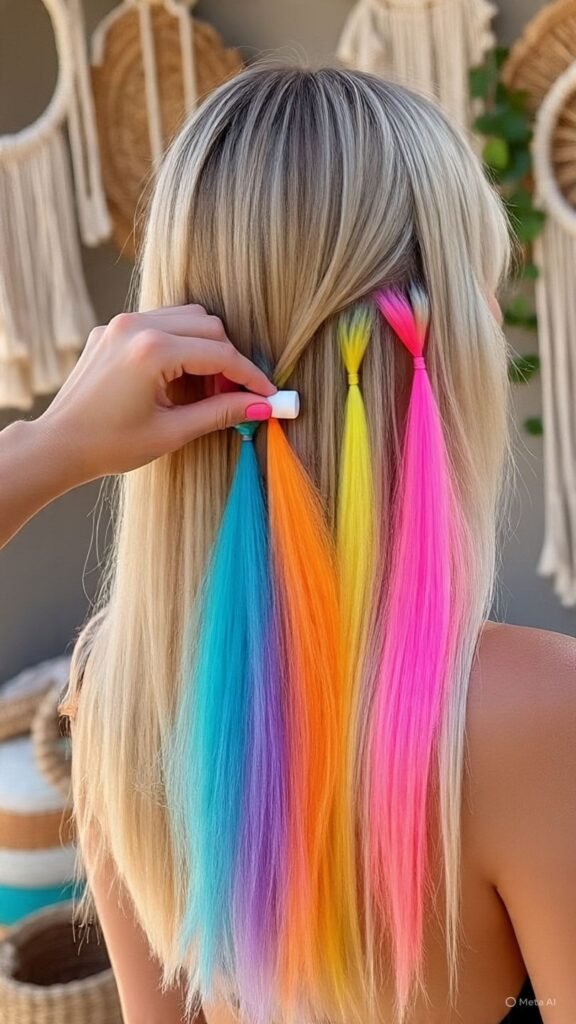
Best for: Adding streaks or tips of vibrant color
Commitment: Very low
Application: At home
Hair chalk is a playful option perfect for those who want to experiment without dyeing. Rub the chalk onto damp strands and seal it with a flat iron.
Pros:
- Washes out easily
- Available in many bright colors
- Great for kids or themed events
Cons:
- Can be messy
- Works best on light or blonde hair
5. Color Depositing Conditioner
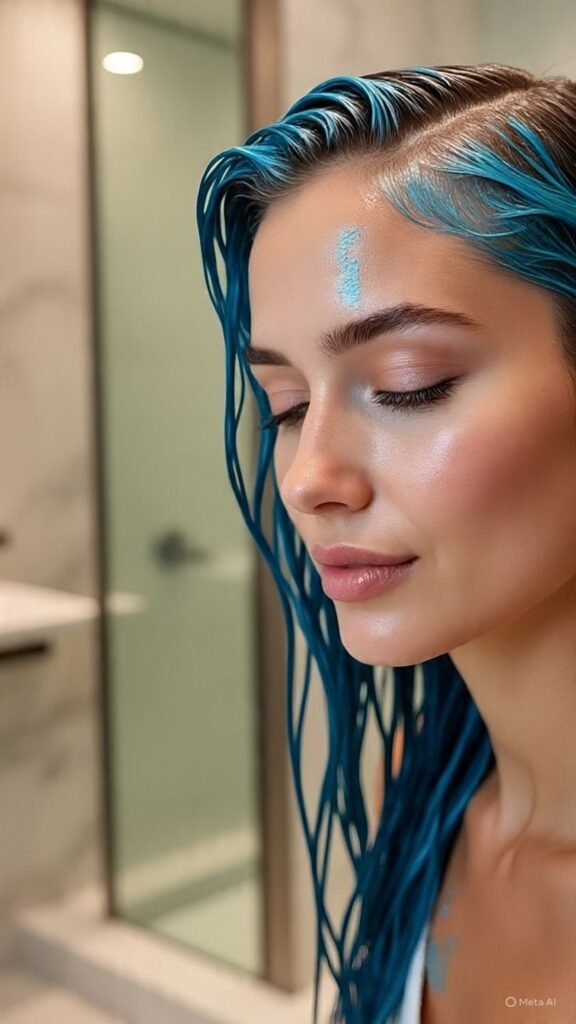
Best for: Maintaining vibrant color or trying out subtle tints
Commitment: Low to medium
Application: At home
This hybrid of conditioner and dye adds pigment every time you wash your hair. Ideal for boosting fading color or keeping fantasy shades fresh.
Pros:
- Conditions and colors at the same time
- Gradual buildup for customizable results
- Perfect for colored hair maintenance
Cons:
- Not ideal for color changes from scratch
- May stain hands or shower tiles
6. Henna
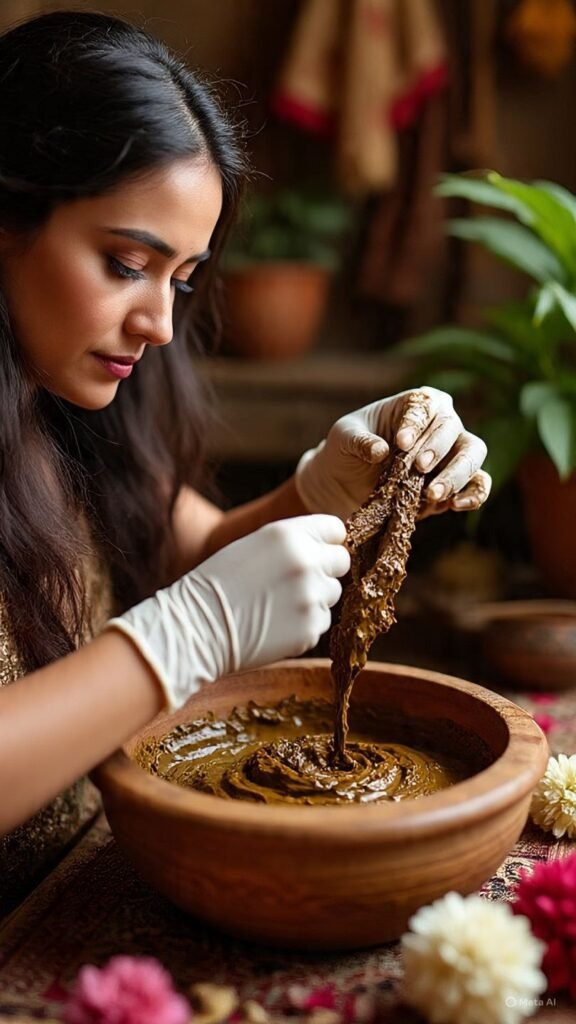
Best for: Natural red or auburn tones
Commitment: Medium to high
Application: At home
Henna is a natural, plant-based way to dye your hair, especially popular for its rich reddish-brown hues. It also conditions the hair and adds shine.
Pros:
- Natural and chemical-free
- Long-lasting earthy tones
- Strengthens hair
Cons:
- Limited shade range
- Difficult to remove or dye over
7. Vegetable-Based Dye
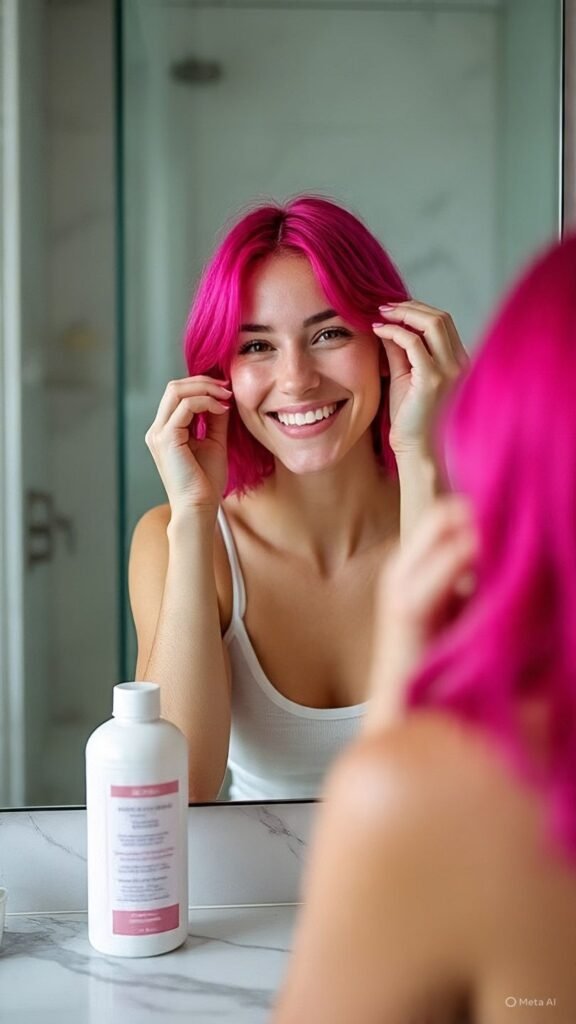
Best for: Sensitive scalps or natural hair lovers
Commitment: Medium
Application: At home
Vegetable dyes like Manic Panic or Arctic Fox are gentle, vegan, and vibrant. They fade out slowly and are free of harsh chemicals, making them ideal for regular use.
Pros:
- Cruelty-free and safe for frequent use
- Available in bold and pastel colors
- Smells better than chemical dyes
Cons:
- Not suitable for dark hair without bleaching
- May bleed onto fabrics when wet
8. DIY Kool-Aid Hair Dye
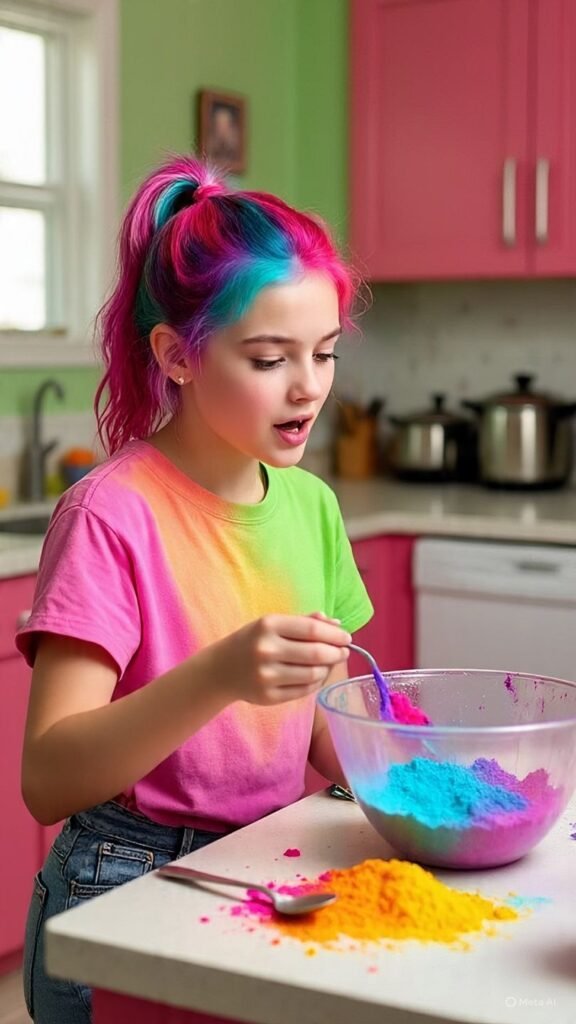
Best for: Fun, budget-friendly hair experiments
Commitment: Low to medium
Application: At home
Using unsweetened Kool-Aid packets to dye your hair is a popular DIY hack—especially for teens or fun summer looks.
How to Use:
Mix Kool-Aid with a bit of hot water and apply to hair. Let it sit, then rinse and dry.
Pros:
- Inexpensive and non-toxic
- Great for tips or streaks
- Smells amazing
Cons:
- Works best on light hair
- Can stain skin or surfaces
9. Highlights and Lowlights
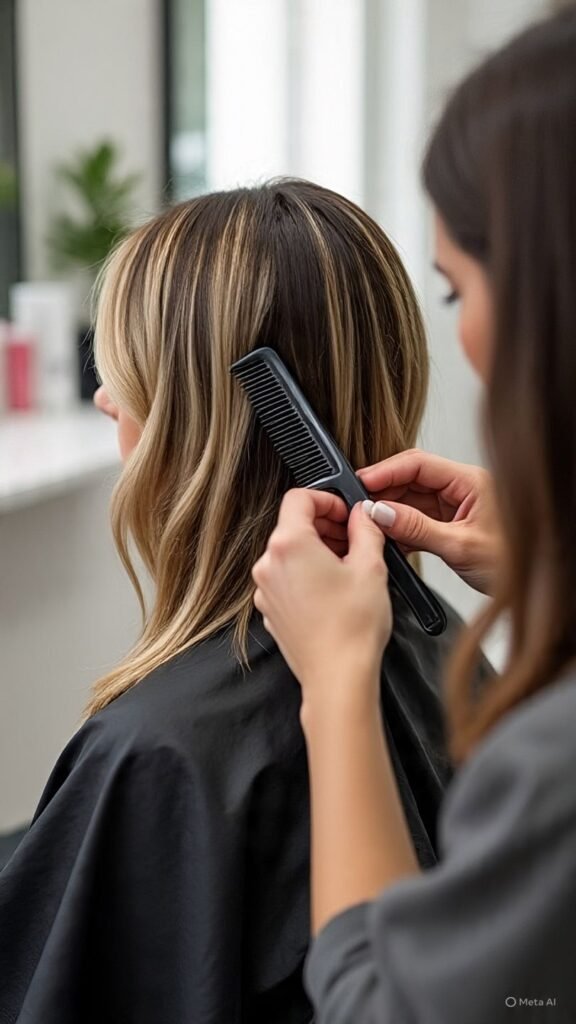
Best for: Adding dimension and brightness
Commitment: High
Application: Salon recommended
Highlights lighten parts of your hair to add brightness, while lowlights darken sections to add depth. This is one of the most popular ways to dye your hair subtly.
Pros:
- Natural-looking
- Can enhance your facial features
- Less harsh regrowth
Cons:
- Can be pricey
- Requires professional skill for best results
10. Balayage
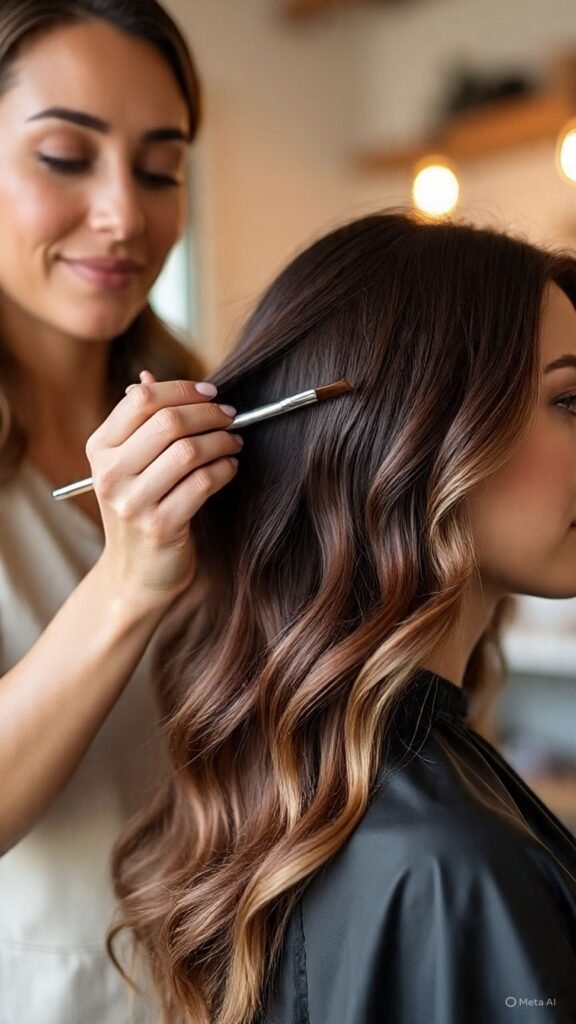
Best for: Sun-kissed, natural looks
Commitment: Medium
Application: Salon
Balayage is a freehand painting technique that gives a soft, blended appearance. It grows out beautifully with minimal maintenance.
Pros:
- Low-maintenance
- Very customizable
- Ideal for long hair
Cons:
- Not as bold as other methods
- Needs a skilled colorist
11. Ombre and Sombre
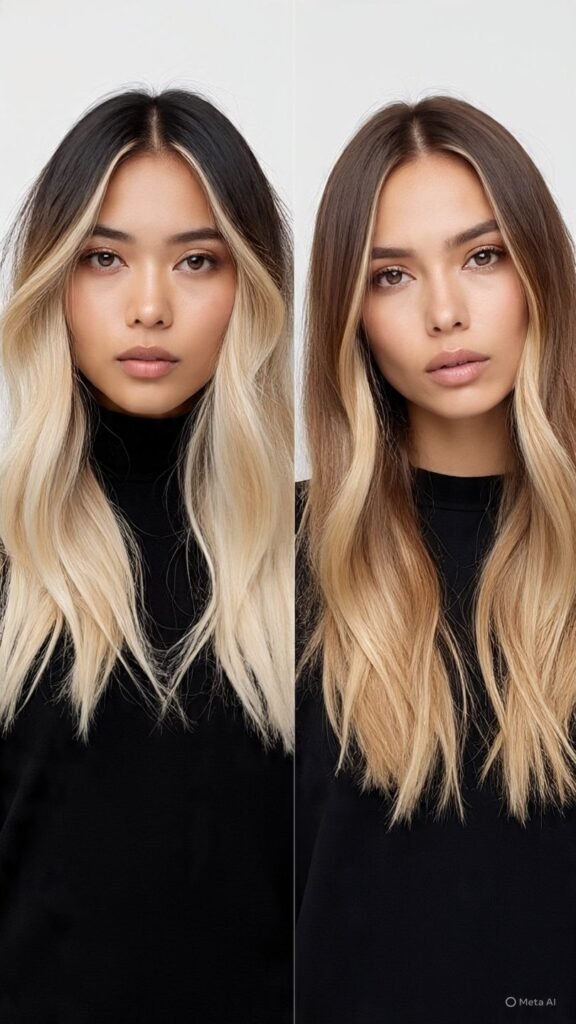
Best for: Gradient hair transformations
Commitment: Medium to high
Application: Salon
Ombre transitions from dark roots to lighter ends. Sombre (soft ombre) is its more subtle sibling. Both are trendy and visually striking.
Pros:
- Dramatic but wearable
- Less upkeep than full dye
- Looks great on long hair
Cons:
- Can damage ends
- May not suit very short hair
12. Peekaboo Hair Color
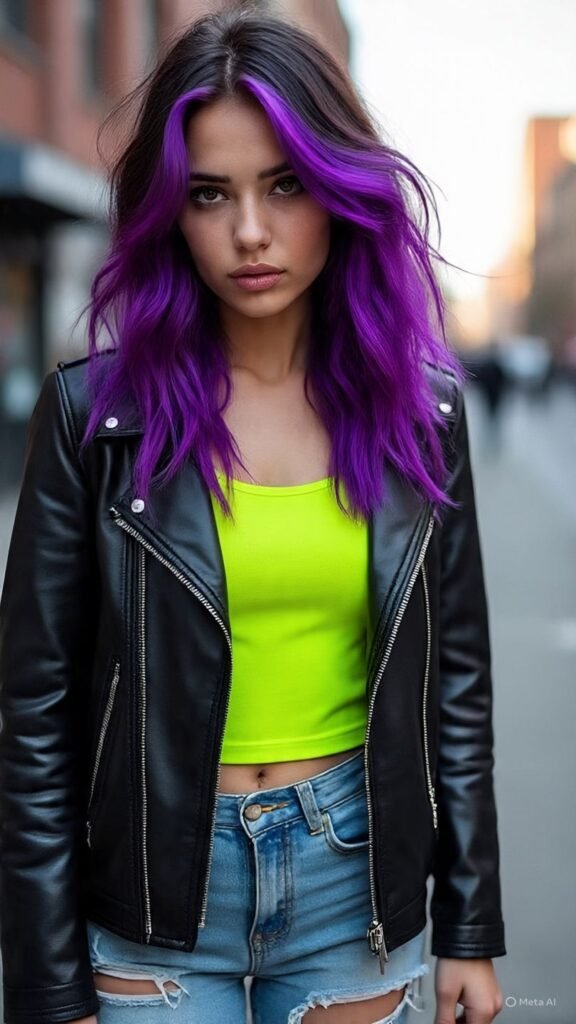
Best for: Hidden fun and professional environments
Commitment: Medium
Application: Salon or at-home kits
This technique places color underneath the top layers of your hair. It’s hidden when hair is down but pops out when styled.
Pros:
- Great for work and play
- Can mix bold and natural tones
- Adds surprise and personality
Cons:
- Fades with washing
- Requires sectioning and precision
13. Reverse Balayage
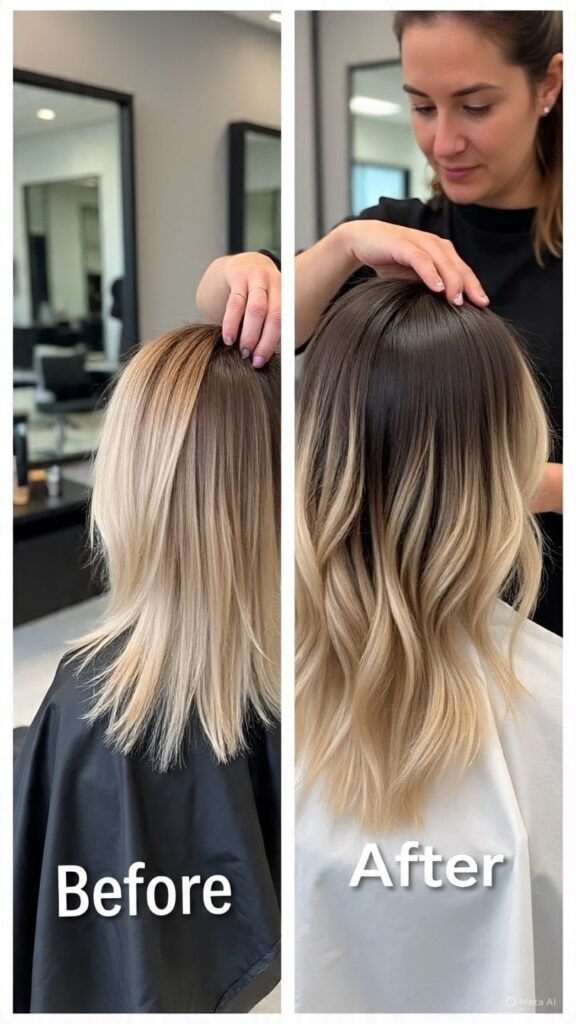
Best for: Transitioning from light to dark
Commitment: High
Application: Salon
Instead of going lighter, reverse balayage adds deeper tones to previously lightened hair. It’s a good option for fall and winter color changes.
Pros:
- Adds depth and dimension
- Easier than growing out blonde
- Blends beautifully with natural roots
Cons:
- Still needs professional application
- May require toning to avoid brassiness
14. Split-Dye Hair
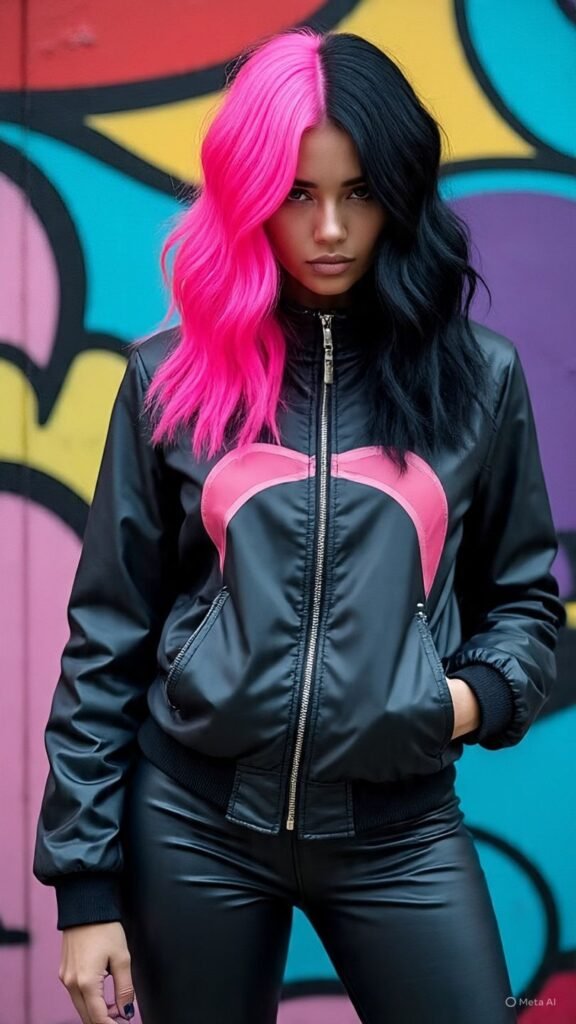
Best for: Bold, edgy styles
Commitment: High
Application: At home (with care) or salon
Split-dye is when your hair is dyed in two contrasting colors—one on each side. Think black and white, pink and blue, or any combo that screams statement.
Pros:
- Eye-catching and creative
- Tons of color combos possible
- Popular with cosplay and TikTok trends
Cons:
- Difficult to maintain symmetry
- Requires frequent touch-ups
15. Hair Tinsel and Temporary Extensions
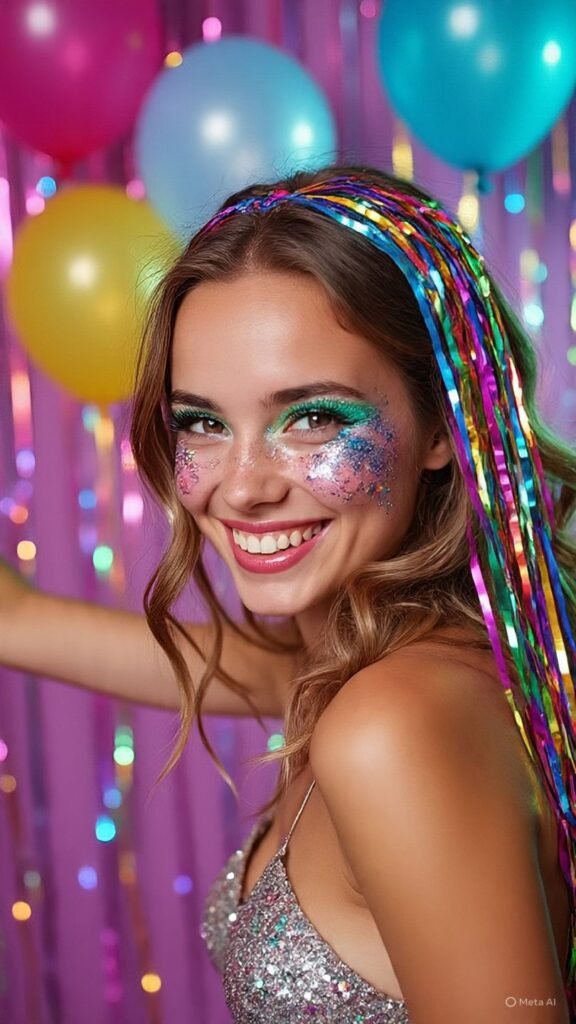
Best for: Non-permanent glam
Commitment: None
Application: Clip-in or tie-in
Not technically dye, but a fun alternative to coloring your hair. Hair tinsel adds sparkle, while colorful clip-ins or extensions can mimic highlights or fantasy hair without dye.
Pros:
- No chemicals
- Instant transformation
- Reusable
Cons:
- Can feel bulky or unnatural
- Limited to certain styles
Final Thoughts: What’s the Best Way to Dye Your Hair?
The best method depends on your hair goals, lifestyle, and comfort level with change. If you’re ready for something permanent, a salon visit or quality box dye may be the way to go. If you want fun without the commitment, opt for temporary sprays, chalks, or semi-permanent colors.
Remember to always do a strand test, read instructions carefully, and consider your base hair color before committing. Whether you’re embracing bold rainbow shades or natural balayage, there are endless ways to dye your hair and express your style.
